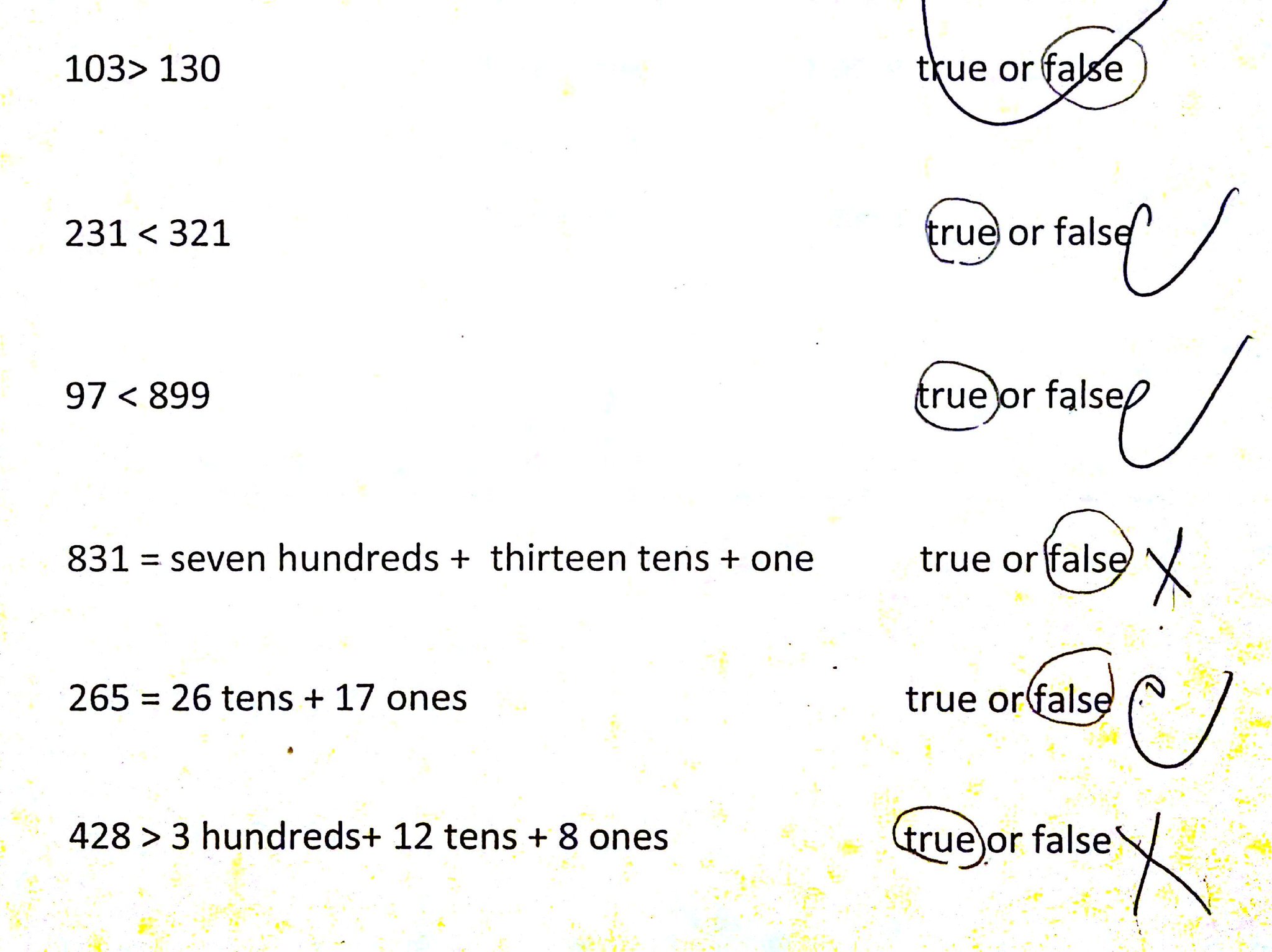Jason Ermer has a really cool thing going with Collaborative Mathematics. He wrote to me with an interesting student response that he got, and asked if I’d be interested in sharing it. Good news: I am!
First, here’s the problem:
Then we’ve got the student response.
OK, bad news, I can’t embed this video. Since this is the internet, this may be the point where you’re all like “Oh yeah like I’m going to click on a thing to get to some other interesting thing. Hell, I don’t even know if this other thing is interesting.” Well I’m vouching for this thing. It is interesting. Clicky clicky.
Did you click? Science tells us that some of you didn’t. If you didn’t, then here’s my summary of what the kid said:
“8 is 1000 in binary, so you’ll land on the same finger that you’ll land on when you’re at your eighth finger.”
(See? I told you. I bet now you’re regretting not clicking on the thing.)
Jason is going to write a few posts thinking about this student’s response, but let’s give him a head start on that discussion here.
What strikes you about this kid’s response? Please share any questions that you’ve got about the response. I’m sure we can rope Jason into lurking in the comments.





















